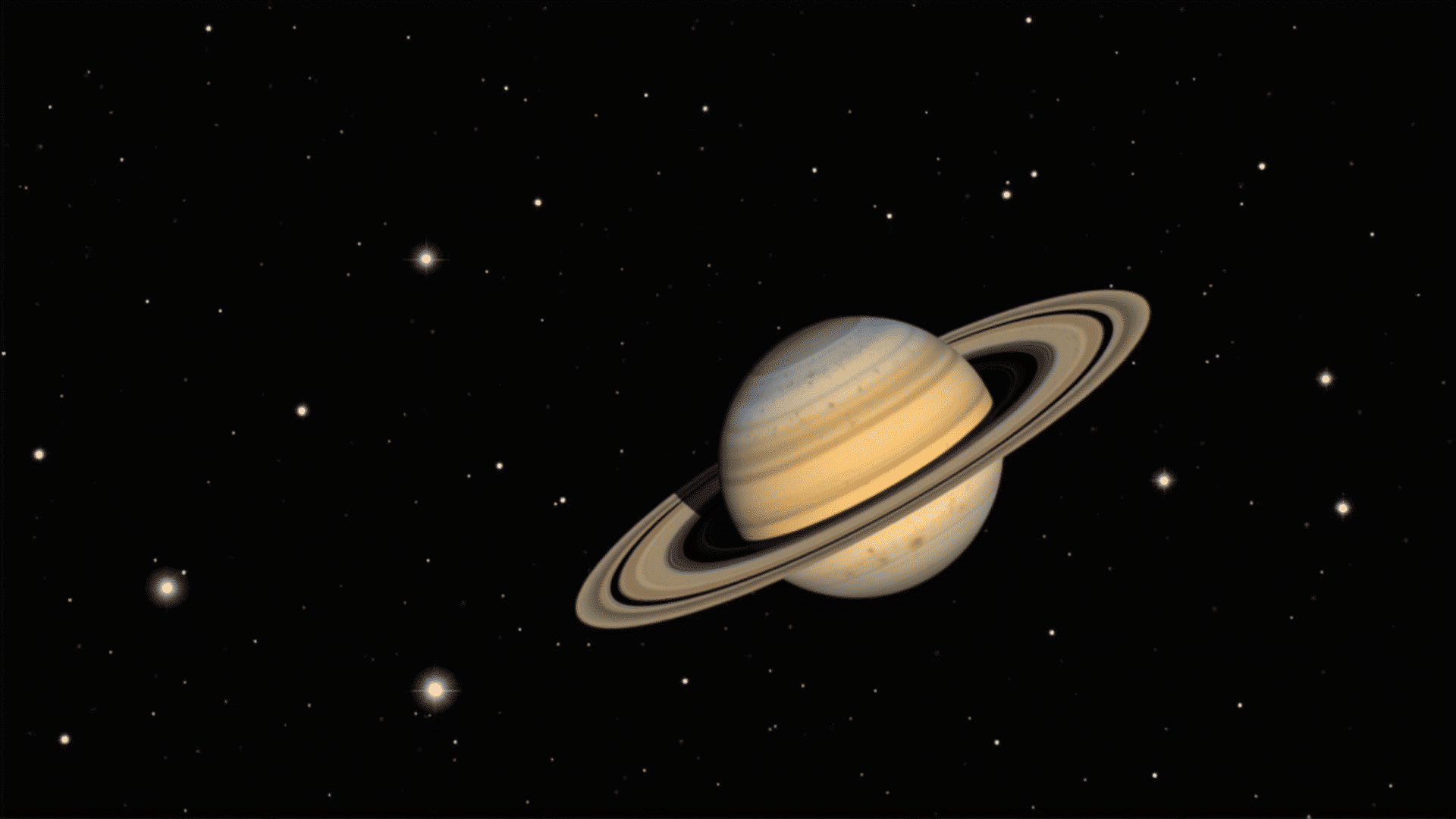Capturing the mesmerizing beauty of Saturn's rings has long been a pursuit for astronomers and photography enthusiasts alike. Despite the challenges posed by photographing a planet over a billion kilometers away, modern techniques have made it possible to obtain stunning images, revealing the intricate details of one of the solar system's most iconic features.
To begin this journey, one must first have a clear understanding of the equipment required. Powerful telescopes equipped with high-resolution cameras are essential tools. Ideally, one should use a telescope with a large aperture, as this allows more light to be gathered, providing clearer and more detailed images. Telescopes that are capable of tracking the movement of celestial objects will help achieve the most stable and sharp photographs.
Light pollution is another hurdle that photographers must overcome. To avoid interference and achieve optimal image clarity, it is best to scout locations with minimal artificial light. This often means venturing into rural or remote areas where the night sky can be observed in its full glory.
The atmospheric conditions play a crucial role in the success of capturing Saturn's rings. A steady atmosphere with low turbulence is key. Checking local weather forecasts and choosing nights with calm skies significantly increases the chances of capturing clear images. Cold, crisp nights are often ideal for astronomical observations.
Once the equipment is set up and conditions are favorable, the art of capturing these stunning images begins. Using specialized software to process the captured images can enhance details that are not immediately visible. Techniques such as stacking, where multiple images are combined to reduce noise and increase detail, are commonly employed.
The reward for persistence and precision is an awe-inspiring view of Saturn and its vast ring system. The captivating patterns and varying densities of the rings reveal a complex dance of shadows and light that changes with Saturn's position relative to Earth.
For those passionate about delving into the universe's wonders, photographing Saturn's rings offers a profound connection to celestial phenomena. The endeavor is not just a technical challenge but a journey into the cosmos, revealing the magnificence of a distant world. Through perseverance and skillful execution, capturing images of Saturn's rings becomes a testament to human curiosity and the enduring allure of the night sky.
